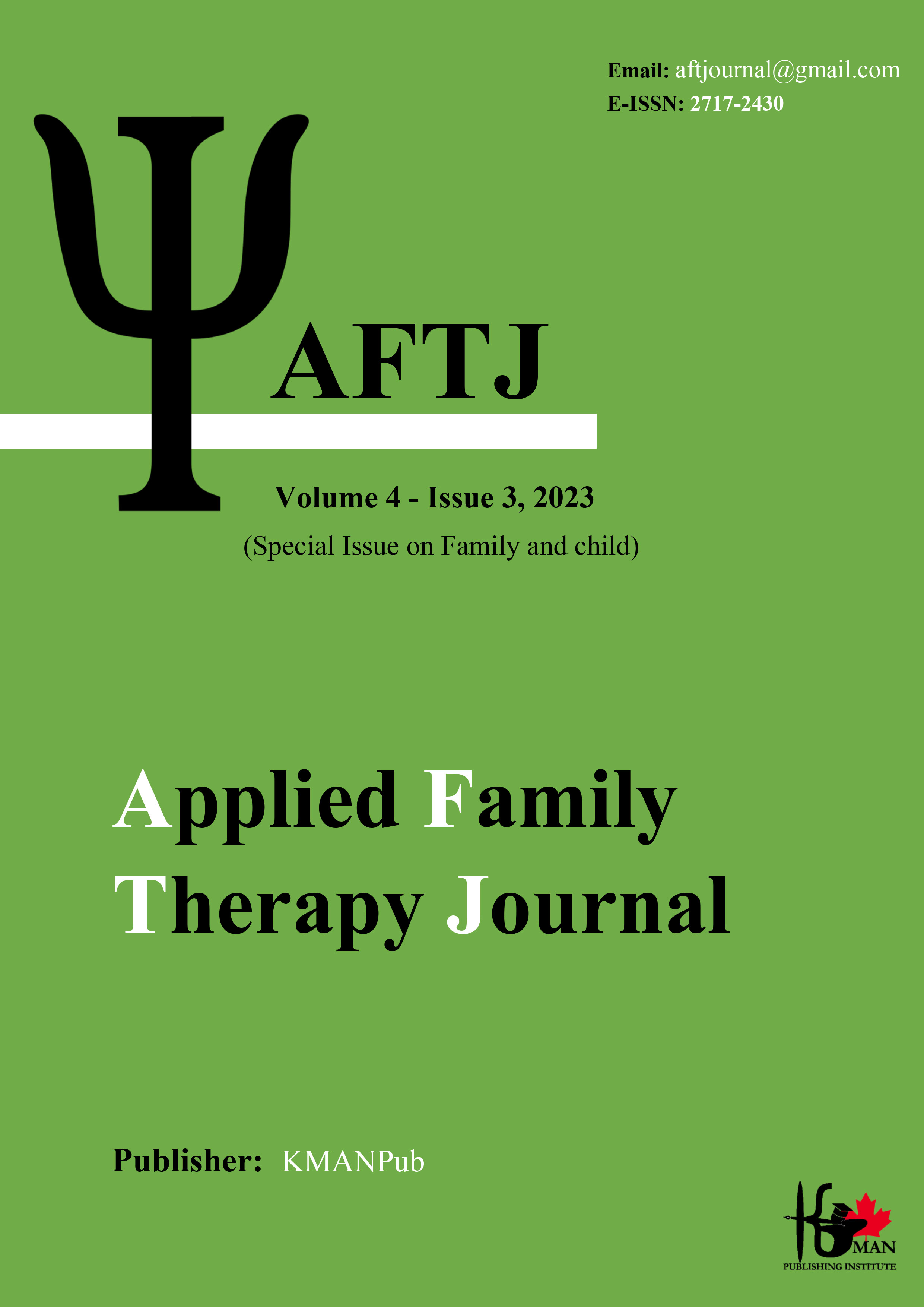Structural model of borderline personality syndrome based on the experience of childhood trauma and emotional dysregulation with the mediating role of mentalization
Keywords:
borderline personality, childhood trauma experience, emotion regulation, mentalizationAbstract
Aim: The present study was conducted with the purpose of determining the fit of the structural model of borderline personality syndrome based on the experience of childhood trauma and emotional dysregulation with the mediating role of mentalization. Method: The current research method was descriptive-correlation of structural equations type. The statistical population of the present study was all the people referred to the psychiatric clinic of Imam Hossein Hospital in Karaj. Sampling was done through convenience method and the sample size was estimated to be 330 people according to Kline (2016), and after removing the distorted information questionnaires, 319 people were analyzed. Data collection tools were Lichsenring's borderline personality scale (1999), Gratz and Romer's emotion dysregulation questionnaire (2004), Bernstein et al.'s childhood trauma questionnaire (2003), and Dimitrijoys et al.'s mentalization questionnaire (2018). Data analysis was done using structural equation modeling. Results: The results of this study showed that the presented structural model has a good fit. The results showed that childhood trauma experience has a direct effect on borderline personality syndrome (β=0.79; P<0.001). Also, emotion dysregulation has a direct effect on borderline personality syndrome (β=0.76; P<0.001). Childhood trauma experience (β=0.81; P<0.001) and emotional dysregulation (β=0.73; P<0.001) have an indirect effect on borderline personality syndromes through the mediation of mentalization. Conclusion: It can be concluded that the structural model of borderline personality syndrome based on the experience of childhood trauma and emotional dysregulation with the mediating role of mentalization has a suitable fit.
Downloads
Downloads
Published
Issue
Section
License

This work is licensed under a Creative Commons Attribution-NonCommercial 4.0 International License.





















